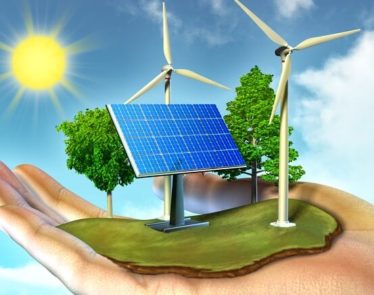Take note of today’s date, alternative energy investors, as it’s one for the books. As of today, July 13, the world’s first hybrid hydroelectric and solar power installation is now operational in Portugal. The Alto Rabagão dam will use floating photovoltaic cells to gather sunlight during the day and makes use of hydroelectric power at night and during peak hours. With 840 floating solar panels, the power plant’s total capacity comes to 68 MWh by 220 kWp. If all goes as planned, within the plant’s first year, the Portugal-based station should produce 332-megawatt hours, which is enough to power 100 homes for a year.
The panels were manufactured by Ciel & Terre International (C&T), the developers of the floating solar system Hydrelio. The system itself has been designed to allow ecologically friendly floating photovoltaic panels made out recyclables to be installed on large bodies of water instead of eating up valuable space on land. In addition, the solar panels will partially shield the water, which helps slow down the process of evaporation and the growth of algae. Also, the panels help to reduce waves within the reservoir, which cuts down on the erosion of its banks.
What Does the Future Entail?
The primary goal behind C&T’s FPV panels is to produce energy while maximizing the use of an artificial body of water. When panels are installed on dams, the plants are more profitable and generate more energy. As mentioned, the panels will gather sunlight during the day, and hydropower can be used during peak hours and after dark. According to C&T, if only 10% of the world’s 50 largest dams were outfitted with FPV panels, 400 gigawatts (GW) of solar electricity could be generated.
As reported by The Huffington Post, if the dam project succeeds, the system has the potential to be used to meet the power demands of other countries. In fact, one of those countries could be Brazil, where Energias de Portugal (EDP) does business on a large scale. According to EDP project manager Paulo Pinto, “It has all the ingredients to succeed, a solution of this kind.”
The location of the plant plays a defining role in its potential success as well. Portugal has created the right climate for the project’s success by promoting strong renewables policies. Also, Portugal enjoys annual sunshine duration of 2,500 hours and a strong potential for FPV solutions due to its existing hydropower capacity. Altogether, the hybrid solution presents a fantastic example of how existing energy systems can be boosted by newer technologies to produce better clean energy solutions.
Featured Image: Twitter











